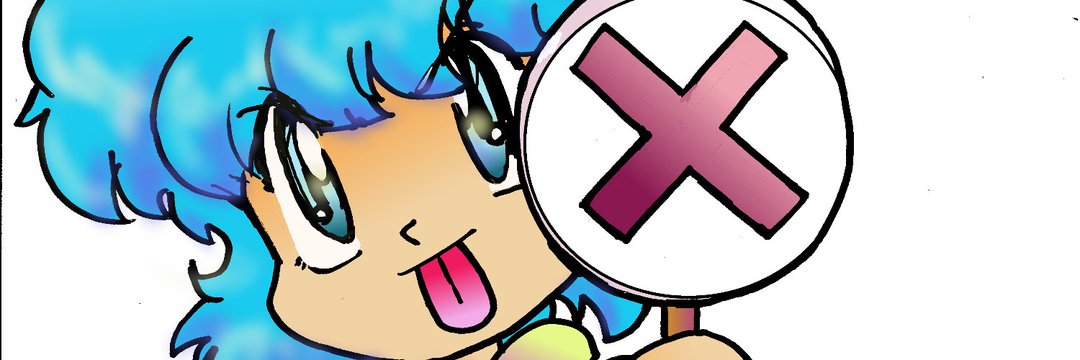The General Agreement on Tariffs and Trade (GATT) is a multilateral agreement regulating international trade. According to its preamble, its purpose is the "substantial reduction of tariffs and other trade barriers and the elimination of preferences, on a reciprocal and mutually advantageous basis."
It was negotiated during the UN Conference on Trade and Employment and was the outcome of the failure of negotiating governments to create the International Trade Organization (ITO). GATT was signed in 1947 and lasted until 1993, when it was replaced by the World Trade Organization in 1995. The original GATT text (GATT 1947) is still in effect under the WTO framework, subject to the modifications of GATT 1994.
The Uruguay Round began in 1986. It was the most ambitious round to date, hoping to expand the competence of the GATT to important new areas such as services, capital, intellectual property, textiles, and agriculture. 123 countries took part in the round. The Uruguay Round was also the first set of multilateral trade negotiations in which developing countries had played an active role.
Agriculture was essentially exempted from previous agreements as it was given special status in the areas of import quotas and export subsidies, with only mild caveats. However, by the time of the Uruguay round, many countries considered the exception of agriculture to be sufficiently glaring that they refused to sign a new deal without some movement on agricultural products. These fourteen countries came to be known as the "Cairns Group", and included mostly small and medium sized agricultural exporters such as Australia, Brazil, Canada, Indonesia, and New Zealand.
The Agreement on Agriculture of the Uruguay Round continues to be the most substantial trade liberalization agreement in agricultural products in the history of trade negotiations. The goals of the agreement were to improve market access for agricultural products, reduce domestic support of agriculture in the form of price-distorting subsidies and quotas, eliminate over time export subsidies on agricultural products and to harmonize to the extent possible sanitary and phytosanitary measures between member countries.
In 1993, the GATT was updated (GATT 1994) to include new obligations upon its signatories. One of the most significant changes was the creation of the World Trade Organization (WTO). The 75 existing GATT members and the European Communities became the founding members of the WTO on 1 January 1995. The other 52 GATT members rejoined the WTO in the following two years (the last being Congo in 1997). Since the founding of the WTO, 21 new non-GATT members have joined and 29 are currently negotiating membership. There are a total of 155 member countries in the WTO, with Montenegro and Samoa being new members as of 2012.
Of the original GATT members, Syria and the SFR Yugoslavia has not rejoined the WTO. Since FR Yugoslavia, (renamed to Serbia and Montenegro and with membership negotiations later split in two), is not recognised as a direct SFRY successor state; therefore, its application is considered a new (non-GATT) one. The General Council of WTO, on 4 May 2010, agreed to establish a working party to examine the request of Syria for WTO membership. The contracting parties who founded the WTO ended official agreement of the "GATT 1947" terms on 31 December 1995. Serbia and Montenegro are in the decision stage of the negotiations and are expected to become the newest members of the WTO in 2012 or in near future.
Whilst GATT was a set of rules agreed upon by nations, the WTO is an institutional body. The WTO expanded its scope from traded goods to include trade within the service sector and intellectual property rights. Although it was designed to serve multilateral agreements, during several rounds of GATT negotiations (particularly the Tokyo Round) plurilateral agreements created selective trading and caused fragmentation among members. WTO arrangements are generally a multilateral agreement settlement mechanism of GATT.
http://en.wikipedia.org/wiki/GATT
powered by Auto Youtube Summarize





